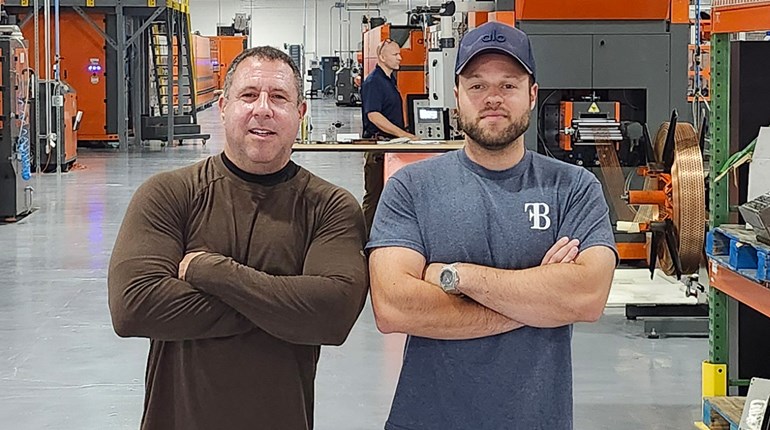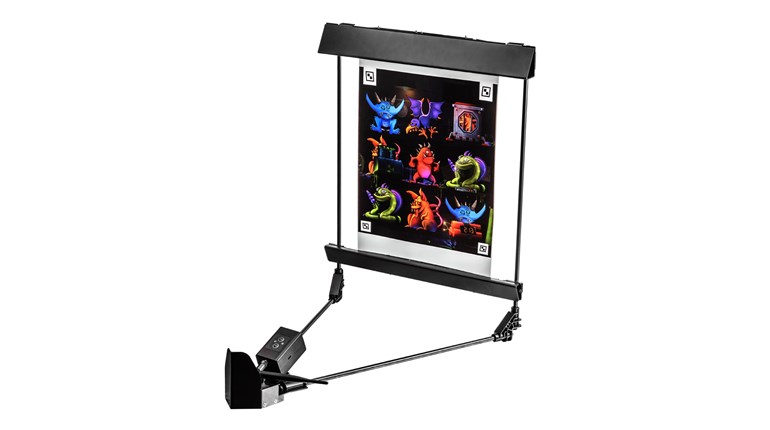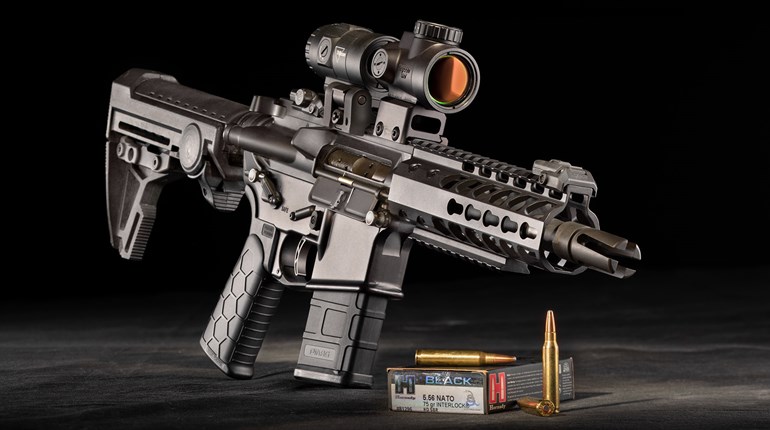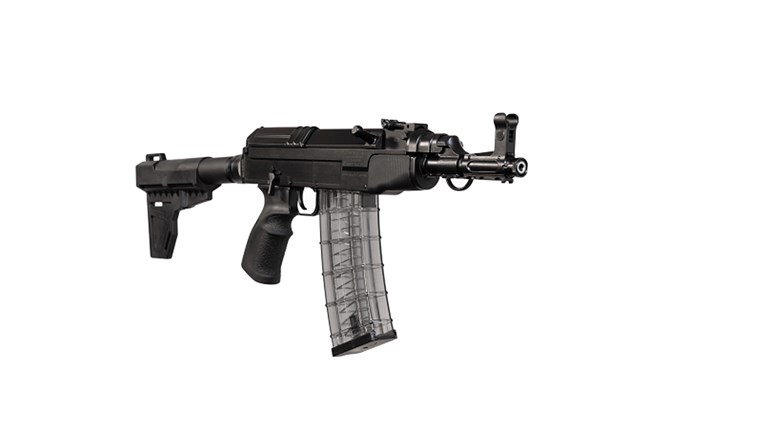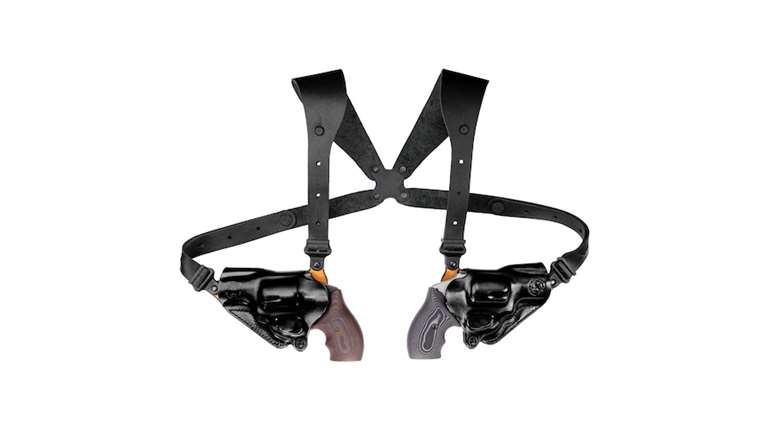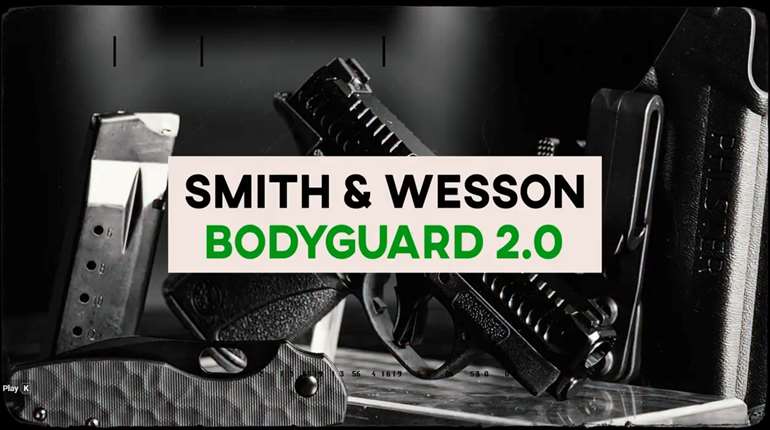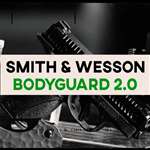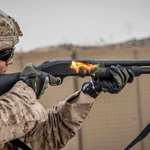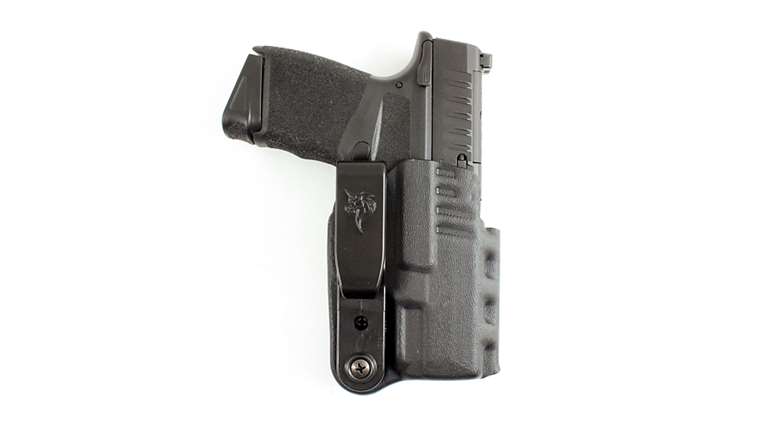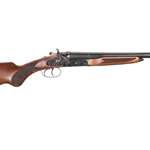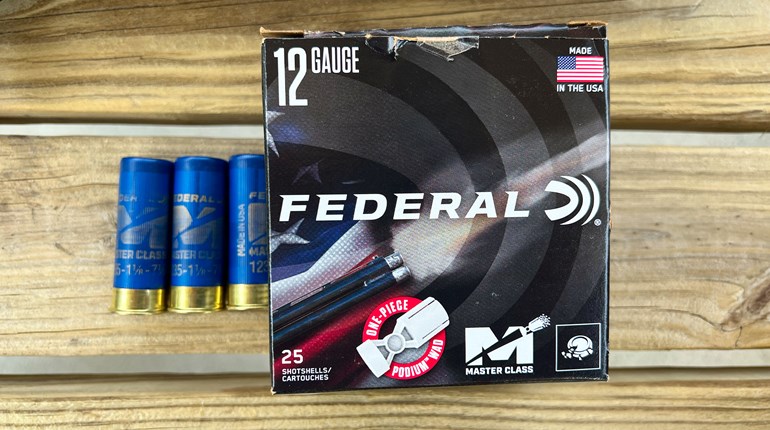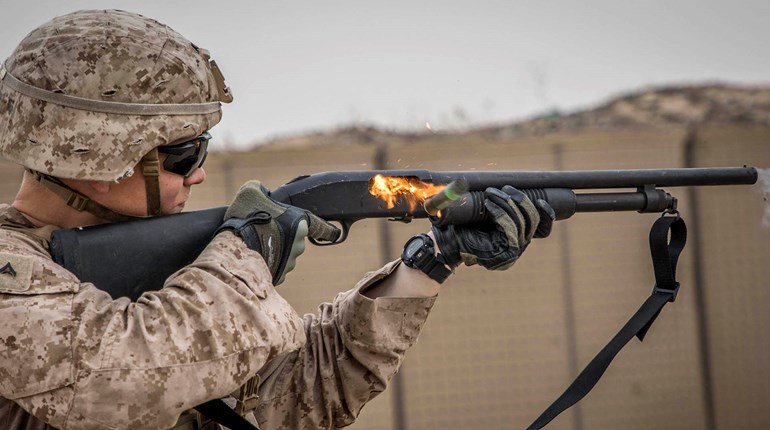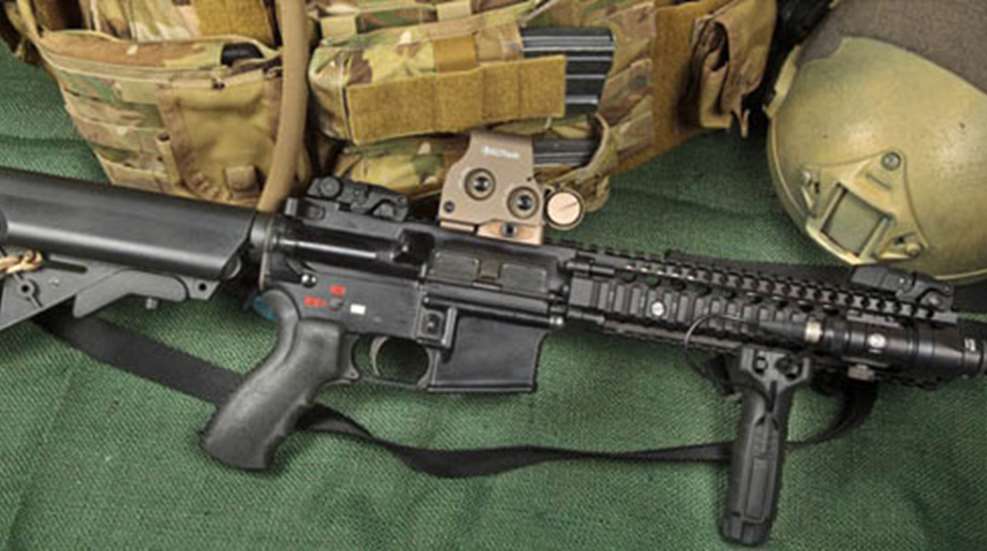
For many years, if you heard the term "Navy SEAL," it was likely from an advertisement trying to sell you a watch, a knife or an exercise program. For those of us in the firearm world, the weapon choices of the SEALs and other special operations units have always been a source of speculation, if not fascination. Recently, the SEALs and their legendary exploits have been all over the media and much of the shroud of secrecy surrounding "the Teams" has been lifted. Now, not only can you read about the specific weapons carried by the Navy's finest, you can own some of them.
Centurion Arms of Coronado, CA, is a small company that specializes in high-quality firearms, complete upper receivers and accessories built to the specifications of the products issued to Naval Special Warfare personnel. And while you won't see "Navy SEAL" anywhere on Centurion Arms' literature—unlike the ads for push-up machines or luminescent wristwatches—the owner and builder is himself an active-duty SEAL. Not only does Centurion's owner, Chief Monty LeClair, build mil-spec firearms, he's used his operational experience to develop new products such as his C-4 rail system.
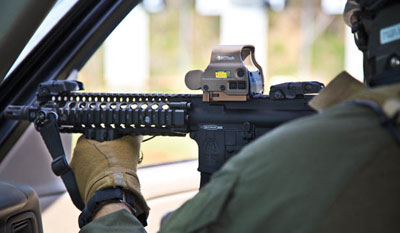
Special operations units like the SEALs have largely abandoned the submachine guns that were seen so prominently in the 1980s and '90s in favor of 5.56 NATO carbines like the M4. As SEALs increased vehicle operations and combat in urban environments, the need for a weapon with the handling qualities of a submachine gun, but the terminal ballistics of a carbine, led to the development of the Mk18 and the Mk18 Mod 1. The primary and most recognizable difference between the Mk18 and the M4 is barrel length—while standard M4s have a 14.5-inch barrel, the Mk18's barrel is only 10.3 inches long.
Any armorer can build an AR with a 10.3-inch barrel, so what makes the Centurion Arms Mk18 Mod 1 special? The company sources every available component from the vendors who supply the Navy. For starters, Centurion uses hammer-forged barrels made of European machinegun-barrel steel designed for an "abusive schedule of fire"—they're made to get hot. Like the issue Mk18, the Centurion upper uses the Daniel Defense RIS II free-float rail system, which allows for the mounting of accessories as the user sees fit. A mil-spec receiver, flash hider and a high-pressure/magnetic particle-tested and phosphate-finished bolt-carrier group complete the package.
My goal was to set this carbine up as close as possible to the way it would be currently deployed on a team. With input from an active-duty SEAL friend, I equipped the Mk18 with an EoTech EXPS3 holographic sight, a SureFire M300A Mini Scout LED weaponlight, Magpul MBUS sights, a Tango Down vertical foregrip, Viking Tactics VTAC 2-point sling and an LMT SOPMOD buttstock mounted to an NFA-registered SBR lower. The only things missing from completing this "wannabe" package were a KAC suppressor and a PEQ-15 laser, but neither was readily available.
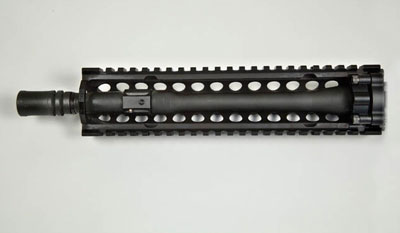
This setup was light, compact, and quick to bring on target. I ran the carbine through G.O.A.T. Security, Inc.'s barricade carbine course and found the short barrel to be a huge benefit when negotiating the complex geometry of working effectively around cover.
A common complaint regarding short-barreled ARs is a lack of reliability. When barrels and gas systems are shortened, ports and buffers must be specifically tuned to the changes in the pressure curve. With the Mk18, you have a system that was engineered as a 10.3-inch-barreled carbine, not something retrofit as an afterthought. Centurion uses the same gas-port dimensions as the military's Mk18 and the result is superior reliability. The test upper receiver functioned 100 percent of the time with all factory ammunition used throughout testing, which totaled more than 600 rounds.
Special operations warriors like the SEALs demand reliability and that standard carries over into Centurion Arms' product line. To ensure proper function, the company highly recommends ammo loaded to 5.56 NATO specs and the use of either an H or H2 buffer. To replicate the ammo used by Naval Special Warfare units, I used ASYM Precision's 77-grain OTM and 70-grain TSX loads—accuracy was excellent for both.
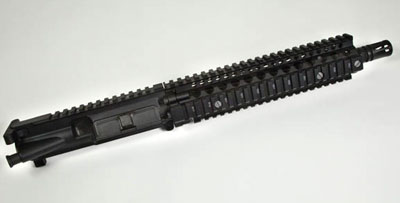
I was impressed with every aspect of the Mk18 Mod 1 upper. It takes advantage of the engineering and design work done by the experts and provides top-quality mil-spec components. Supporting an active-duty American warrior with your business is the icing on the cake. My friend put it this way: "I've carried a Mk18 on multiple combat deployments as a SEAL and Centurion's product is as close as it gets to the real thing."
Specifications
Manufacturer: Centurion Arms
Chambering: 5.56 NATO
Barrel: 10.3 inches; chrome-Lined cold-hammer forged 1:7-inch twist, Naval Special Warfare profile
Sights: None; RIS II Picatinny rail; C-4 Diopter sights optional
Finish: Mil-spec anodized aluminum/MP steel
Flash Hider: A2-type; KAC QDM4 suppressor optional
Weight: 3 pounds, 10 ounces












